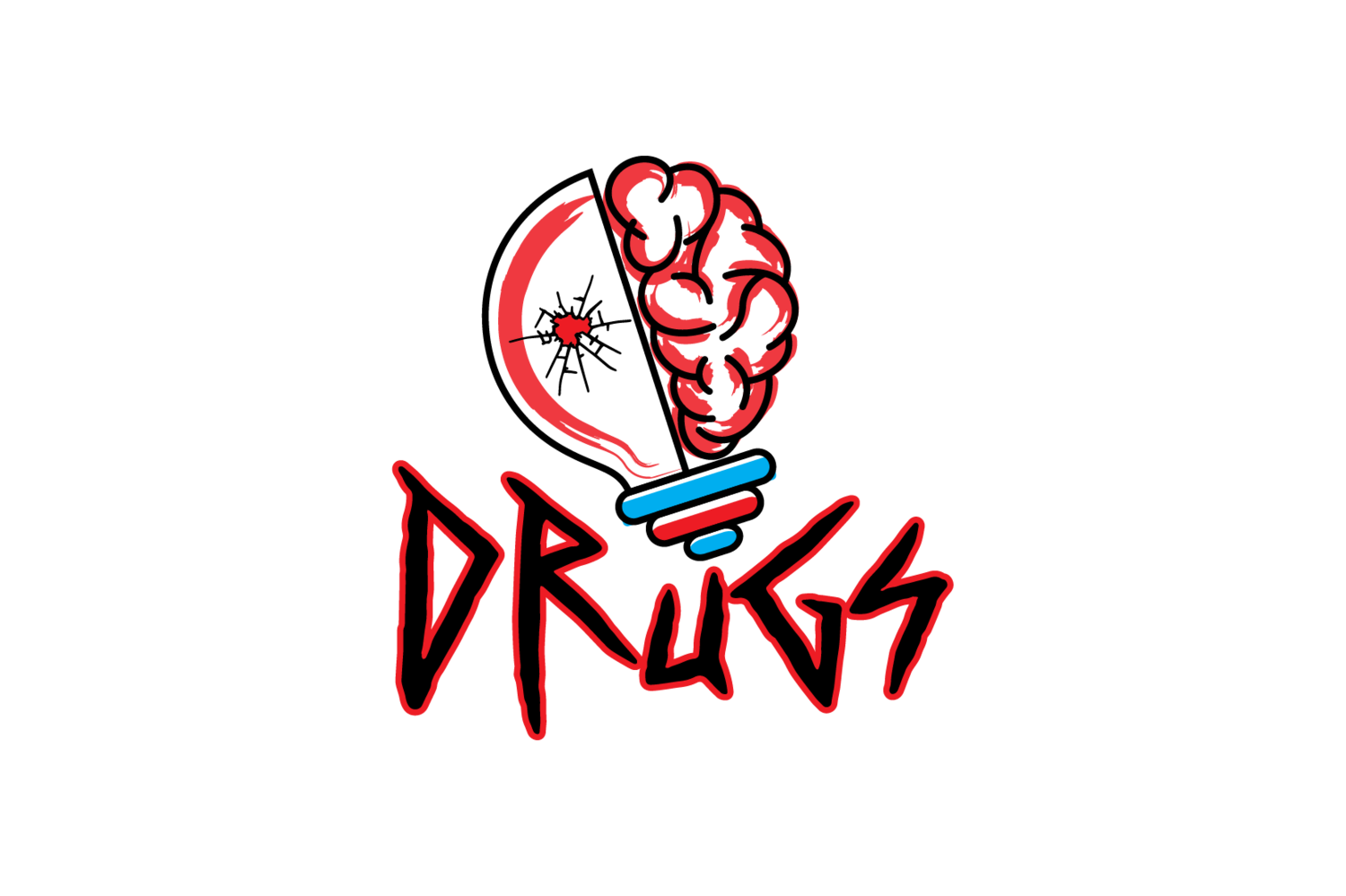Consciousness
Consciousness is a multifaceted concept that refers to the state of being aware of and able to think about oneself, one’s surroundings, and one’s own experiences. It is the essence of subjective experience and the ability to perceive and respond to the environment. Consciousness is central to human existence and has been a subject of inquiry across disciplines like philosophy, psychology, neuroscience, and even physics.
Key Dimensions of Consciousness
1. Awareness:
• Internal Awareness: Being aware of thoughts, emotions, memories, and bodily sensations. For example, recognizing hunger, pain, or happiness.
• External Awareness: Perception of the surrounding environment, such as sights, sounds, and other sensory inputs.
2. Levels of Consciousness:
• Wakefulness: The state of being awake and alert, which is usually contrasted with states like sleep or unconsciousness.
• Altered States: Includes dreaming, meditative states, hypnosis, or drug-induced states, where perception and awareness can be altered.
• Coma or Vegetative State: Low or absent responsiveness, often due to injury or illness, though basic physiological functions continue.
3. Phenomenal Consciousness:
• Refers to “what it is like” to experience something, the subjective quality of experiences (e.g., the redness of red, the pain of a headache). This is central to philosophical inquiries about consciousness.
4. Self-Consciousness:
• A higher-order awareness involving the ability to reflect on oneself, one’s identity, and one’s place in the world. Self-consciousness enables complex planning, moral reasoning, and introspection.
Theories of Consciousness
1. Philosophical Perspectives:
• Dualism: Proposed by René Descartes, it posits that mind and body are separate substances, with the mind (or soul) being non-physical.
• Monism: Argues that mind and body are not separate. Materialism, a form of monism, holds that consciousness arises from physical processes in the brain.
2. Neuroscientific Theories:
• Global Workspace Theory: Suggests that consciousness arises when information is broadcasted across a “global workspace” in the brain, allowing different brain regions to integrate and share information.
• Integrated Information Theory (IIT): Proposes that consciousness corresponds to the degree of integrated information within a system. Higher integration means more complex conscious experiences.
• Higher-Order Theories: Argue that consciousness arises when a mental state becomes the object of a higher-order representation.
3. Quantum Theories:
• Some theorists, like Roger Penrose and Stuart Hameroff, suggest that consciousness may involve quantum processes, particularly in the microtubules of brain cells. This remains speculative and controversial.
Functions of Consciousness
1. Decision-Making: Conscious awareness allows for deliberative and goal-oriented actions rather than automatic or reflexive responses.
2. Problem Solving: Enables abstract thinking, creativity, and the ability to reason through complex situations.
3. Social Interaction: Awareness of others’ mental states (theory of mind) and empathy rely on consciousness.
4. Learning and Memory: Conscious reflection enhances memory encoding and retrieval, allowing individuals to learn from past experiences.
Challenges in Understanding Consciousness
1. The Hard Problem: Coined by philosopher David Chalmers, this refers to the difficulty of explaining why and how subjective experiences arise from physical processes in the brain.
2. The Measurement Problem: Consciousness is inherently subjective, making it difficult to measure or quantify objectively.
3. The Binding Problem: How disparate sensory inputs (e.g., vision, sound, touch) are unified into a coherent, singular experience.
Altered States and Consciousness
Consciousness is not static; it can shift in various ways:
• Sleep: Includes different stages, such as REM (associated with dreaming) and non-REM (associated with restorative functions).
• Meditation and Mindfulness: Practices aimed at enhancing awareness and control over one’s mental state.
• Psychoactive Substances: Drugs like psychedelics (e.g., psilocybin, LSD) can profoundly alter consciousness, offering insights into its nature.
Consciousness and the Self
The relationship between consciousness and the concept of self is profound. Some argue that the sense of self is a construct of the brain, dependent on neural networks. Others believe the self is intrinsic to consciousness, a reflection of its fundamental nature.
Future Research and Implications
• AI and Consciousness: Can machines ever achieve a form of consciousness? If so, what would it mean for our understanding of the mind?
• Neuroethics: As we learn to manipulate consciousness (e.g., through brain stimulation or drugs), ethical considerations become paramount.
• Philosophical Insights: Questions about free will, identity, and morality remain closely tied to our understanding of consciousness.
Conclusion
Consciousness is one of the most intriguing and mysterious aspects of existence. It underpins our identity, experiences, and interactions with the world. Despite significant progress in neuroscience and philosophy, it remains a deeply challenging area of study, symbolizing the complexity and wonder of the human condition.

